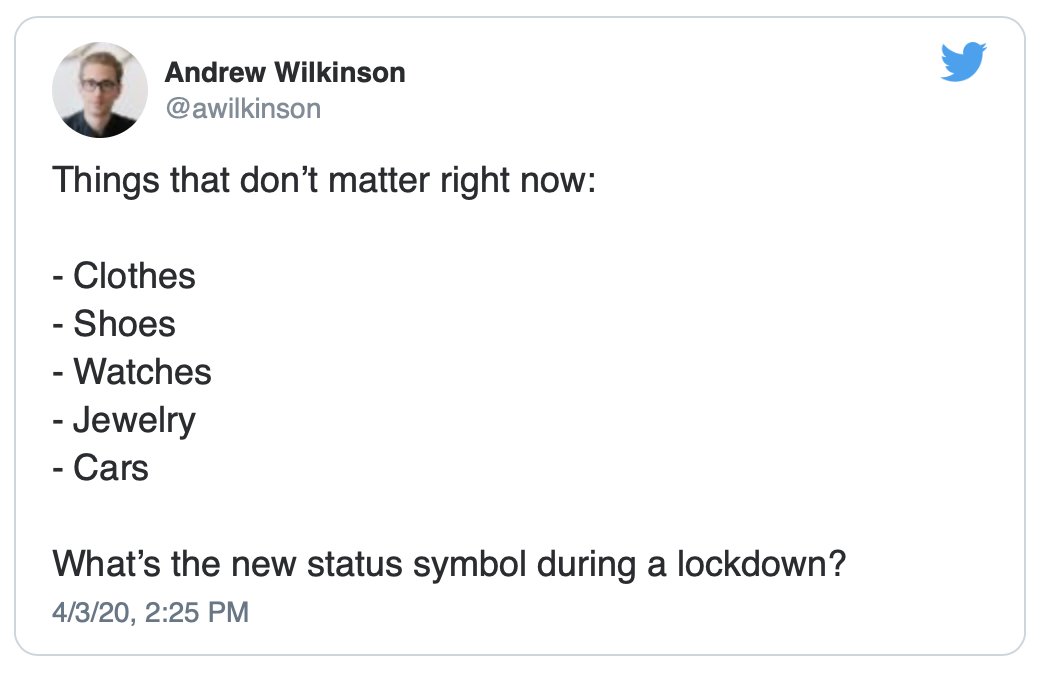
Yesterday I described an act of kindness directed toward my family by someone none of us had met. The gesture was not one that most of my fellow economists would have predicted. But psychologists have shown that taking such steps makes people happier. 1/
https://twitter.com/econnaturalist/status/1251268658090868738?s=20
Elizabeth Dunn (@DunnHappyLab) gave one group some money and told them to spend it on somebody else. She told a second group to spend the money on themselves. Afterwards, those in the first group were significantly happier than those in the second. 2/
ted.com/talks/elizabet…
ted.com/talks/elizabet…
The current lockdown provides an opportunity to reflect on whether Dunn’s finding holds for you. If, like me, you’re able to work from home, you haven’t suffered the devastating income losses that others have. But you’ve almost surely been spending less money on yourself. 3/
At the same time, you’ve probably been responding more generously to appeals from local relief organizations. For many of us, then, money we used to spend on private consumption we are now spending on behalf of others in the community. 4/
With so many reasons to feel less happy at the current moment, it would be difficult to measure the partial effect of this particular change in our spending patterns directly. But there is voluminous indirect evidence that speaks to this question. 5/
The literature on the determinants of human well-being is large and contentious. But one of its most robust findings is that beyond a certain point, further increases in most forms of private consumption don’t make us happier. They merely raise the bar that defines adequate. 6/
For prosperous Americans, then, the current reductions in private consumption haven’t made us any less happy. Couple that with Elizabeth Dunn’s finding that helping others makes us happier and the upshot is that our new spending patterns have made us happier on balance. 7/
The lockdown will eventually end, of course, and without further action we’ll return to the status quo ante. But as I explain here, some surprisingly simple changes in policy would let us retain and build on recent gains: 8/
https://twitter.com/econnaturalist/status/1246479053135151104?s=20
• • •
Missing some Tweet in this thread? You can try to
force a refresh











